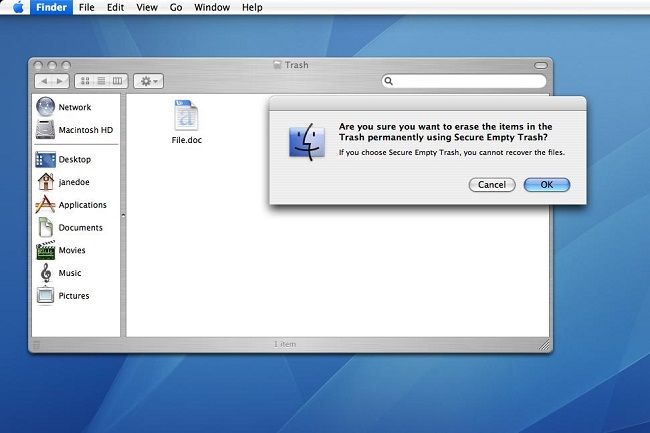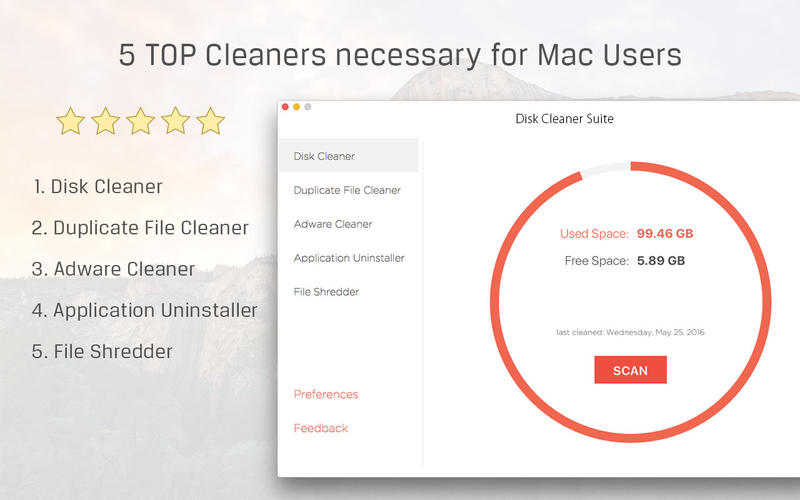


This makes it difficult to retrieve what used to be written there. So, what’s the best way to delete a file forever? Ensure it gets overwritten immediately. And with a little work and the right tools (such as “undelete” software or forensic methods), that “deleted” file can be retrieved. Until this happens, that “deleted” file is still on your disk it’s just invisible to normal operations. Therefore, it may be weeks, months, or even years before that file is overwritten. (You can read more about why this causes problems for secure deletion here.) If you’re using an SSD or a USB flash drive, you can jump to the section below.ĭid you know that when you move a file on your computer into your computer's trash folder and empty the trash, the file is not completely erased? Computers normally don't “delete” files when you move a file to the trash, your computer just makes the file invisible and allows the space it took up to be overwritten by something else sometime in the future. Secure deletion on SSDs, USB flash drives, and SD cards is very hard! This is because these types of drives use a technique called wear leveling and do not provide low-level access to the bits as stored on the drive. These instructions apply only to traditional disk drives, and not to Solid State Drives (SSDs), which are standard in modern computers, USB keys/USB thumb drives, or SD cards/flash memory cards. The instructions below should only be used for securely deleting data from spinning drives. More information is available on encrypting with FileVault 2. If you encrypt your entire drive, you don’t have to worry much about doing secure deletion since the master encryption key is protected with a password that you control, and that you can change or erase to make data on the drive irretrievable. We highly recommend you take this step to protect your data. Note: Modern versions of macOS will prompt you to use FileVault 2 to encrypt your entire drive.


 0 kommentar(er)
0 kommentar(er)
